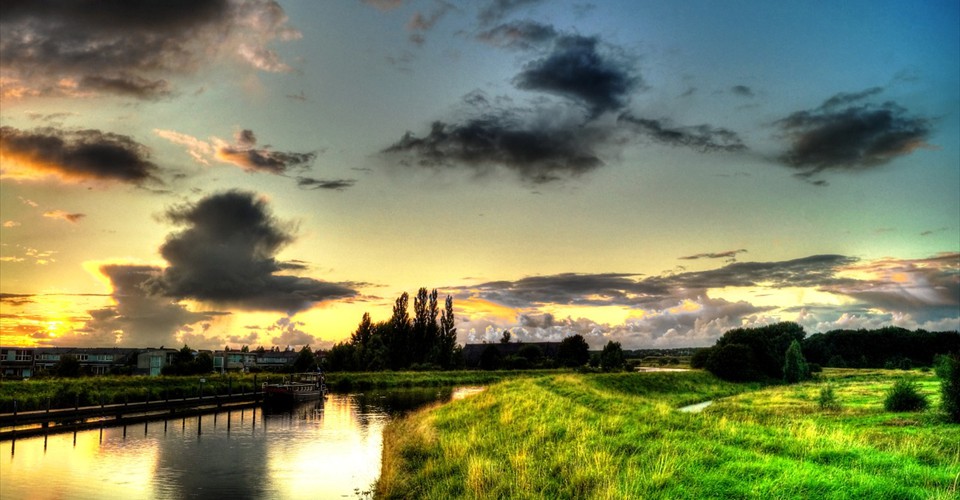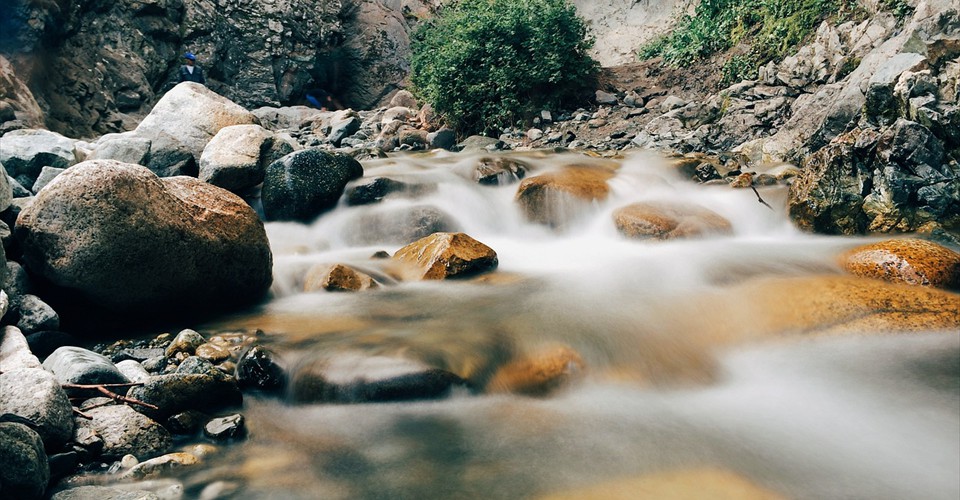In Indian classical music, the voice is the primary instrument of expression, demanding precise control and a healthy vocal mechanism. However, vocal impurities—ranging from tonal inconsistencies to physical fatigue—can hinder a singer’s ability to perform optimally. Understanding these vocal disorders and their causes is essential for any vocalist seeking mastery. While some voice problems arise from physiological conditions requiring medical attention, many functional disorders can be corrected through dedicated vocal training and remedial exercises. This article explores common vocal impurities such as throatiness, unsteadiness, breathiness, breaks in voice registers, voice fatigue, and thinness of tone, along with their causes and effective remedies rooted in the tradition and science of vocal pedagogy Breathiness
Cause:
Breathiness, or a weak airy tone, results from the incomplete closure of the arytenoid cartilages. This allows unmodulated air to leak through the larynx, creating a frictional noise alongside the tone. It may also stem from excessive airflow through the vocal cords or be linked to either functional misuse or organic conditions.
Cure:
If not caused by a structural issue in the larynx, certain exercises can help:
- Humming exercises make the soft palate supple and encourage resonance through the nasopharynx, preventing hissing airflow.
- Soft staccato exercises on the vowel “Ah” train the singer to regulate exhalation. Singing short, light notes helps control breath flow and reduce air wastage.
Break in Voice-Registers
Cause:
A ‘break’ or discontinuity in voice quality during transitions between vocal registers typically arises from incorrect breathing and improper use of resonance. Singers often force their voice while attempting high notes, leading to this disruption.
Cure:
The adoption of diaphragmatic breathing is essential. Inhalation should involve wide expansion of the lower ribs and a full descent of the diaphragm, increasing breath capacity. During exhalation, the diaphragm gradually ascends as the abdominal muscles contract, while the ribs slowly contract due to intra-abdominal pressure. This process strengthens muscular control, allowing the singer to manage breath efficiently.
Moreover, the resonators used for lower tones should not be forced during higher notes and vice versa. Occasionally, adopting a lighter vocal mechanism slightly below the highest required pitch can help achieve smooth register transitions and consistent voice quality.
Voice Fatigue
Cause:
Voice fatigue, also known as ‘Phonasthenia,’ may result from physical or functional issues. Overworking the laryngeal muscles causes them to tire, resulting in a thin, unstable voice that often slips to a lower pitch. Additional causes include poor breath control, tongue interference, and singing at an unsuitable pitch level.
Cure:
Breath control exercises are key:
Exercise I: Inhale and exhale slowly and steadily through the nose.
Exercise II: Inhale quickly, then exhale slowly through both mouth and nose for eight seconds, gradually increasing to sixteen seconds.
Exercise III: Deeply inhale, place hands on the diaphragm, exhale slowly while gently pressing to expel air fully. Repeat several times.
Exercise IV: Vocalize the vowel “Ah” on an easy pitch, sustaining the note until discomfort, then switch to humming on the same pitch. Increase vocalization duration gradually.
Exercise V: Using a tape measure around the 6th and 7th ribs or near the breastbone arch, take a deep breath expanding the chest by one and a half inches beyond normal, then sustain notes on “Ah” without shaking until breath capacity is exhausted.
Unsuitable pitch levels force the laryngeal muscles to strain. Every individual has a natural pitch level, or sadja, where the voice can be produced effortlessly and with best quality. To find this key-note, descend the scale to your lowest audible note, then sing the madhyama (middle note) from there; this note is your ideal pitch.
Relaxing the mylohyoid muscle and flattening the tongue base can remove tongue interference. If fatigue stems from muscle overwork, complete vocal rest for 24 hours is crucial.
Thin or Feeble Voice
Cause:
This disorder may be organic or functional. Congestion in the throat and mouth cavities from respiratory infections reduces resonance. Enlarged tonsils and adenoids can block the throat passage, lowering voice volume. Functionally, incorrect resonance, improper breathing, and unsuitable pitch selection contribute to a weak voice.
Cure:
Resonating cavities must not be compressed. Jaw muscles should remain relaxed, and air must flow freely through the resonators. The tongue should move easily within the mouth while the jaw stays relaxed. The mylohyoid muscle at the tongue base should be completely relaxed, and the larynx should avoid pressing against the hyoid bone. True resonance is achieved through, not with, the throat.
Good breathing habits must be cultivated, and the choice of shadja (key-note) greatly influences voice quality. Richness in voice results from harmonics aligning with vocal formants.
In recent decades, many Indian classical singers have lowered their shadja (key-note), often to accommodate microphone use, resulting in thinner voices. Historically, singers preferred higher key-notes such as D or above, producing richer, more powerful tones. Singers are therefore encouraged to find and use their correct Adharashadja to best showcase their vocal qualities.
Note : The article is based on the book by Prof. SAK Durga " Voice Culture - The Art of Voice Cultivation"














